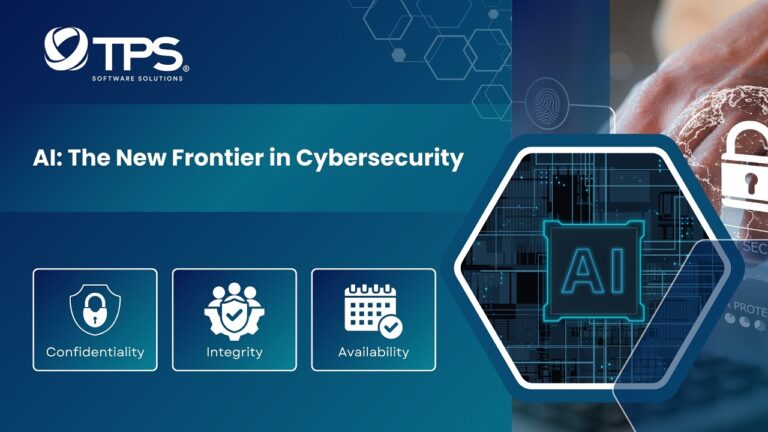Introduction
Executing a digital transformation project has become more than a strategic choice—it is a necessity for organizations seeking to thrive in the digital age. Embarking on a digital transformation project requires a keen understanding of crucial factors to ensure its success. This article aims to guide you through these essential considerations, providing valuable insights and practical advice to navigate the intricacies of your digital transformation journey.

Key Elements
Strategic Planning and Vision
According to a survey by Boston Consulting Group, 85% of executives believe that a clear and comprehensive strategy is the most important factor in a successful digital transformation.
The foundation of a successful digital transformation project lies in strategic planning. Organizations need a clear vision, goals, and a roadmap that aligns with their business objectives. Without a comprehensive strategy, the risk of project failure significantly increases.
Leadership Commitment and Cultural Alignment
A study by McKinsey reveals that companies with strong leadership commitment to digital transformation are 1.6 times more likely to achieve successful outcomes.
Digital transformation requires a cultural shift within an organization. Leadership commitment is crucial in fostering a culture that embraces change, innovation, and continuous improvement. A commitment to digital transformation from the top down sets the tone for the entire organization.
Investment in Technology and Infrastructure
IDC predicts that worldwide spending on digital transformation technologies will reach $2.8 trillion in 2023, reflecting the global commitment to investing in transformative technologies.
Effective execution of a digital transformation project demands a strategic allocation of resources, especially in technology and infrastructure. Cloud computing, artificial intelligence, and data analytics are among the key areas where organizations are investing to drive digital innovation.
Data-Driven Decision Making
A report by Forbes Insights highlights that 59% of companies that have successfully implemented digital transformation initiatives prioritize data-driven decision-making.
Data is the lifeblood of digital transformation. Organizations must leverage data analytics to gain actionable insights that inform decision-making. Establishing a robust data governance framework is paramount to ensuring the quality, security, and accessibility of data throughout the transformation journey.

Agile Project Management
The Project Management Institute (PMI) reports that 71% of organizations with agile project management practices meet their project objectives, compared to 62% with traditional project management.
The dynamic nature of digital transformation projects necessitates agile project management methodologies. Agile practices enable organizations to adapt quickly to changing requirements, enhance collaboration, and deliver value incrementally throughout the project lifecycle.
User-Centric Design and Change Management
A study by Prosci indicates that organizations using effective change management are six times more likely to meet or exceed project objectives.
Digital transformation is not just about technology; it involves people and processes. A user-centric design approach, coupled with robust change management practices, ensures that employees embrace the changes introduced by the project. This fosters a positive culture around digital innovation.
Measuring and Monitoring Key Performance Indicators (KPIs)
Stat: According to a survey by MIT Sloan Management Review, 72% of executives believe that their organizations do not measure the value of their digital initiatives effectively.
Measuring and monitoring KPIs are essential to gauge the success and impact of a digital transformation project. Organizations should define and track relevant metrics such as ROI, customer satisfaction, and employee engagement to ensure that the project is delivering tangible value.
Cybersecurity Integration
Stat: The Cost of Cybercrime study by Accenture Security estimates that the average cost of cybercrime for an organization will increase by 11% in 2022.
As digital transformation increases an organization’s digital footprint, cybersecurity becomes a critical component. Investing in cybersecurity measures, training employees on security best practices, and implementing robust security protocols are vital for safeguarding digital assets.
Conclusion
The execution of a digital transformation project is a complex undertaking that requires strategic foresight, commitment, and adaptability. The statistics and figures presented underscore the importance of clear strategy, leadership commitment, technology investment, data-driven decision-making, agile project management, user-centric design, effective change management, KPI measurement, and cybersecurity integration. Organizations that navigate these challenges with diligence and embrace the opportunities of digital transformation will not only future-proof their operations but also position themselves as leaders in the digital era.














